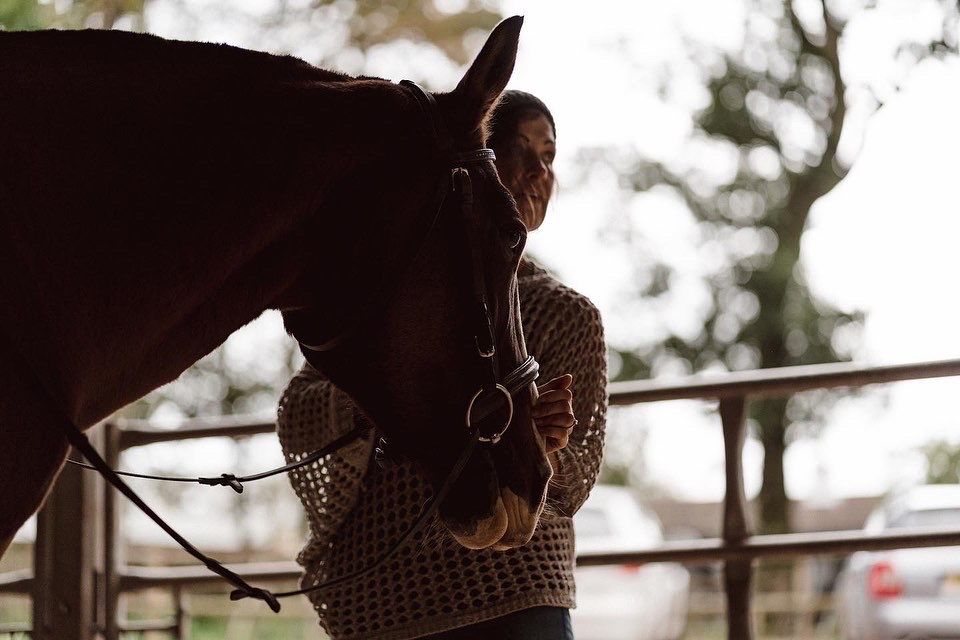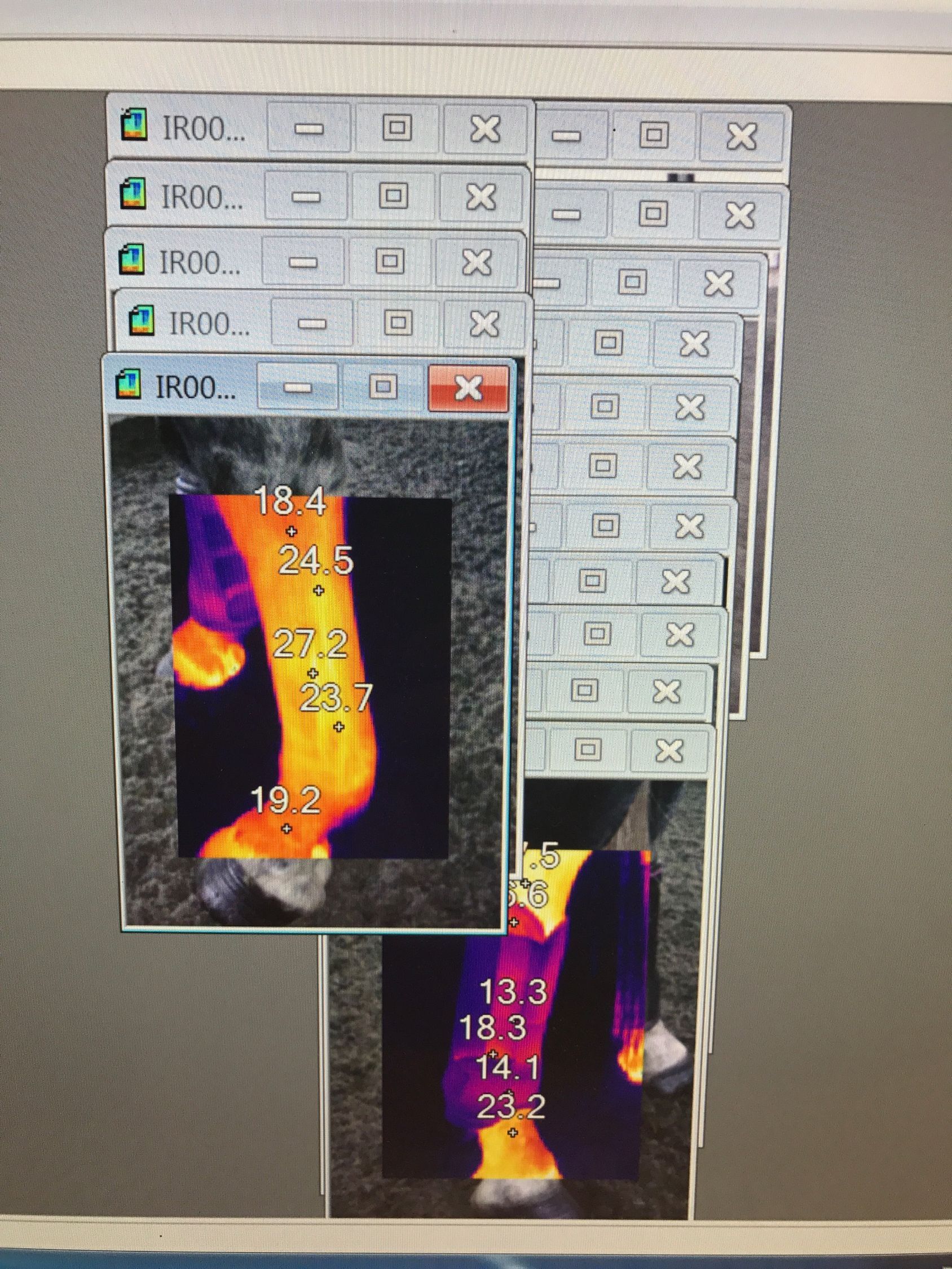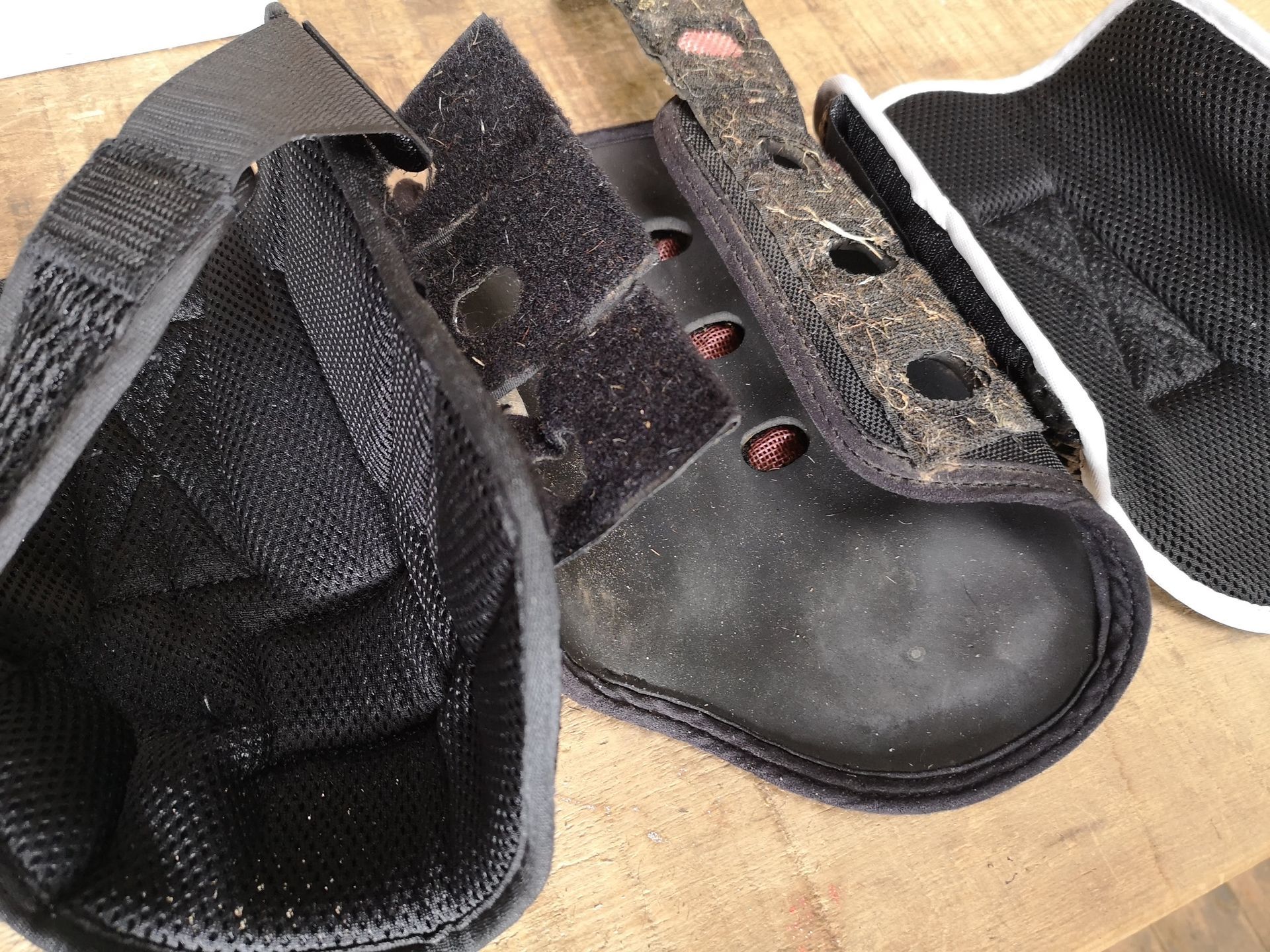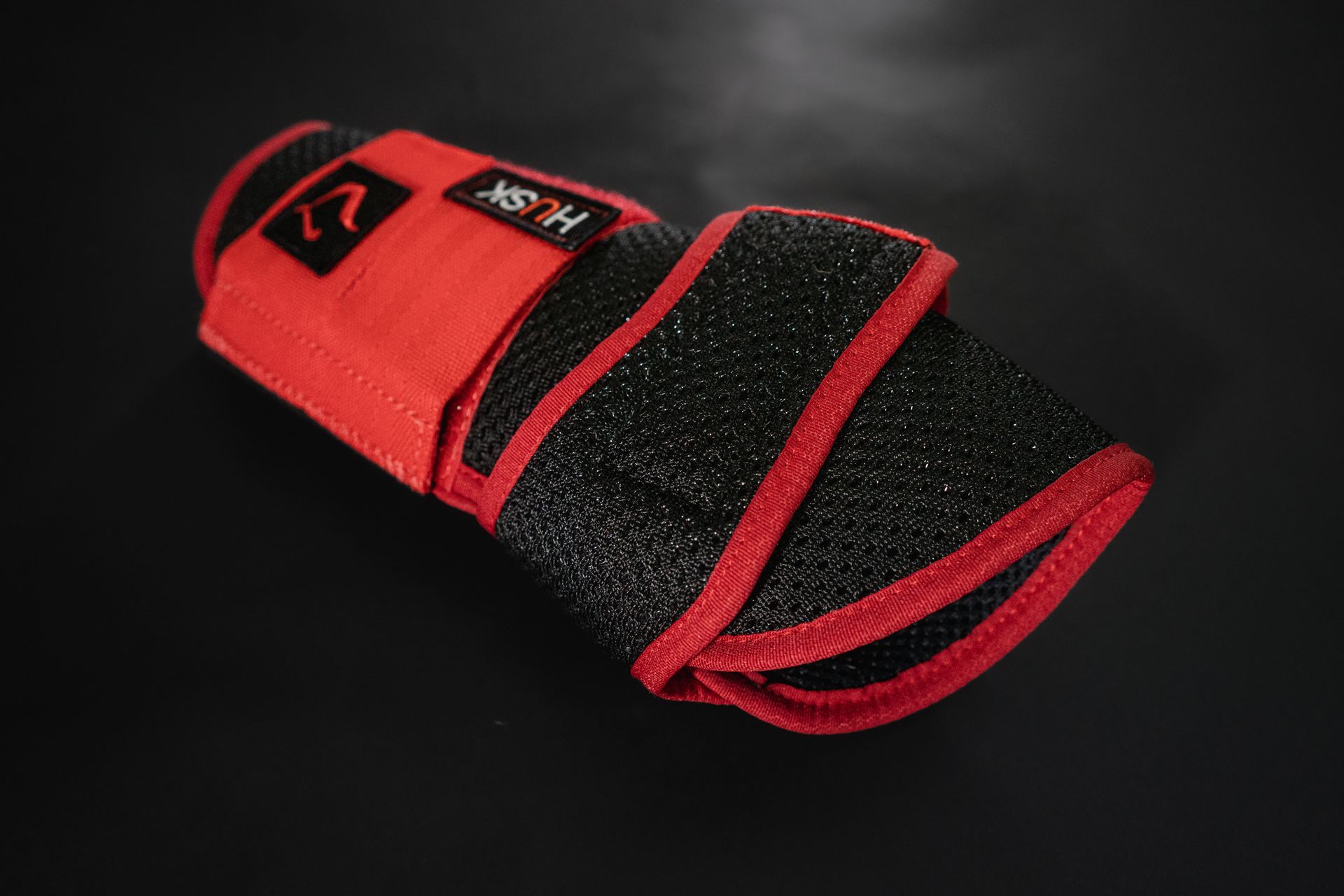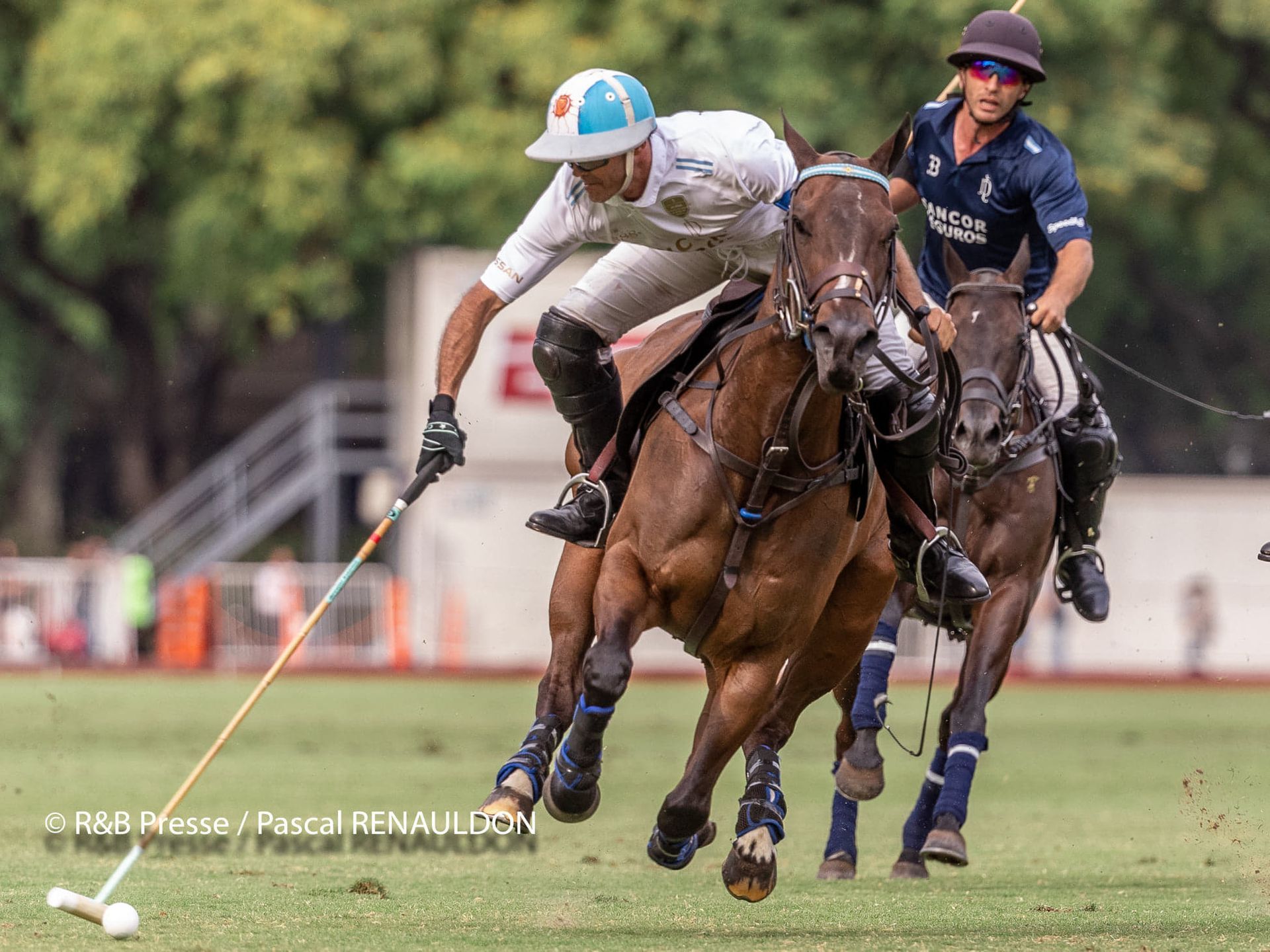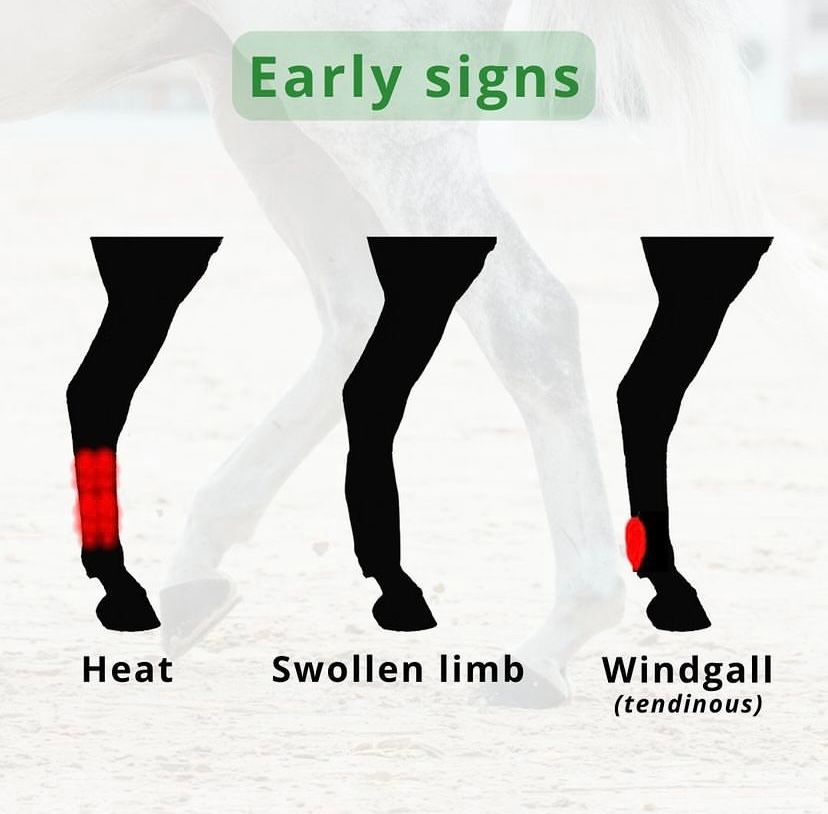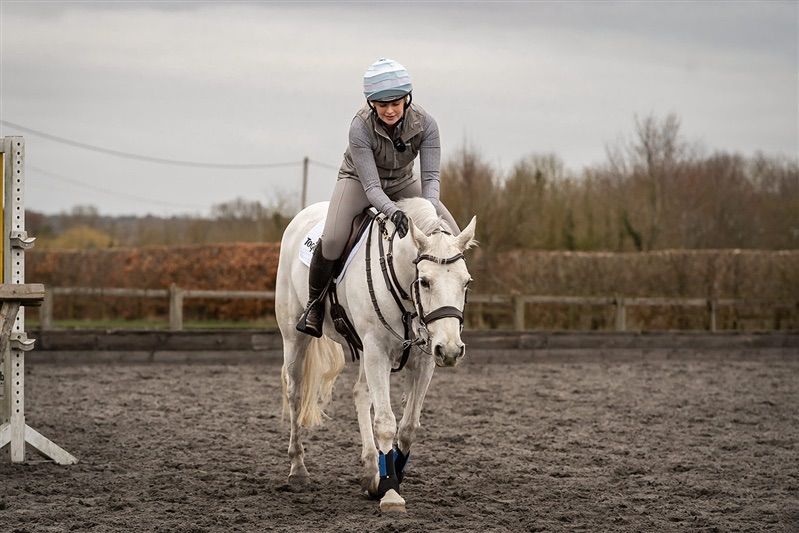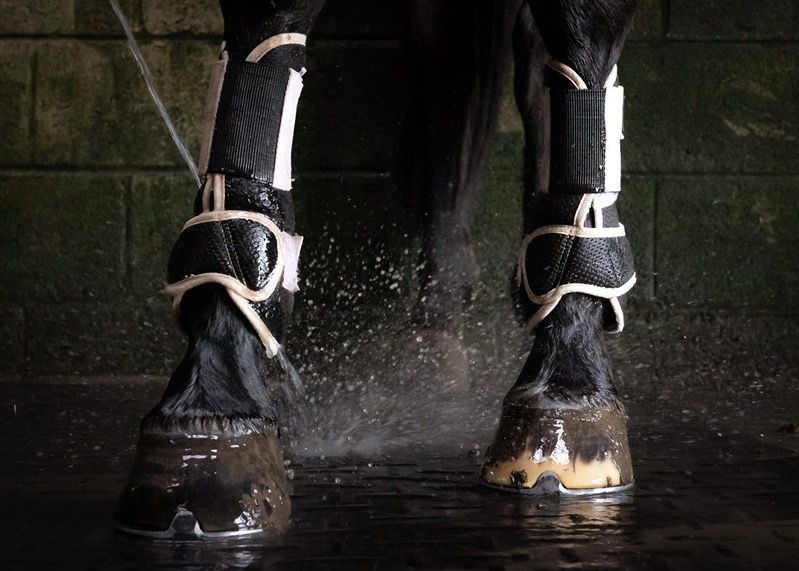Best Breathable Boot Tests with Vet Lorna Broughton at Longdole Polo Club

SHARE POST
Comparing BREATHABLE HORSE BOOT TEMPERATURES
HUSK Air Irenitas vs. Le Mieux Mesh Snug Boot, Open-Fronted Tendons & Fleece Bandages – Which Horse Leg Protection is the Coolest?!
MOST BREATHABLE HORSE BOOTS SUMMARY:
- The HUSK
- LE MIEUX SNUG BOOT
- BANDAGE
- OPEN FRONTED TENDON BOOT
WHat did we test for the most breathable horse boot?:
WE compared the tendon leg temperatures of 4 polo ponies after 15min of cantering between HUSK Air Irenita Boots, Le Mieux Snug Mesh Boots, non branded open fronted tendon boots and bandages with veterinary observation to see which was the most breathable horse boot.
HOW DID WE TEST for the most BREATHABLE HORSE BOOT?:
- Using a thermal imaging gun aimed at the same point of the tendon each time
- Each of the 4 fit polo horses had their temperatures taken prior to 5 min walking warm up followed by 15min consistent cantering in a 60 * 40m sand arena.
- Ambient temperature ranged from 12 degrees to 15 degrees.
- The 4 horses that were tested each wore a HUSK breathable horse boot, a polo wrap, either an open fronted tendon boot, or a Le Mieux Mesh Snug boot, and each had a control leg with no leg protection on at all.
- After the 15 min of cantering, the horses were walked in to the yard and boots removed and temperatures immediately taken, leaving no time for the contact with air to affect the results.
What were the results of the breathable horse boot test?:
The Ponies and what happened to their legs.....
Red is a thin skinned sensitive thoroughbred – likely to experience fast temperature rise requiring greater need for fast heat expiration.
- Open Fronted Tendon Boot
Front left
- Before – 197 – 24.7 °C
- After – 202 – 34.2 °C
- Difference - 9.5 °C
- The HUSK
Front right
- Before – 198 – 25.8 °C
- After – 203 – 28.8 °C
- Difference - 3 °C
- Nothing
Back right
- Before – 199 – 25.8 °C
- After – 204 – 28.7 °C
- Difference - 2.9 °C
- Bandage
Back left
- Before – 200 - 26.6 °C
- After – 205 – 33.4 °C
- Difference - 6.8 °C
Tony is a heavier set thoroughbred – likely to experience steady temperature rise than Red with a slower rate of heat expiration.
- OPEN FRONTED TENDON BOOT
Front Right
- Before - 194 – 23.1 °C
- After – 207 – 31.6 °C
- Difference - 8.5 °C
- The HUSK
Front Left
- Before – 193 – 28.9 °C
- After – 206 – 29.8 °C
- Difference - 0.9 °C
- NOTHING
Back Right
- Before - 195 – 21.5 °C
- After – 208 – 25.3 °C
- Difference - 3.8 °C
- BANDAGE
Back Left
- Before – 196- 24.8 °C
- After – 209 – 29.8 °C
- Difference - 5 °C
Oreo - Chunkier argentine breed likely to experience slower temperature rise but even slower rate of expiration than Tony.
- The HUSK
Front Right
- Before – 185 – 24.4 °C
- After – 212 – 25 °C
- Difference - 0.6 °C
- NOTHING
Back Right
- Before – 186 – 26 °C
- After – 214 – 25.2 °C
- Difference - 0.8 °C
- BANDAGE
Back Left
- Before – 187 – 22.3 °C
- After – 213 – 27.8 °C
- Difference - 5.5 °C
Hippo - Thin skinned sensitive thoroughbred – likely to experience fast temperature rise requiring greater need for fast heat expiration.
- The HUSK
Front Left
- Before – 189 – 25.8 °C
- After – 215 – 27.8 °C
- Difference - 2 °C
- Le Mieux Snug Boot
Front Right
- Before – 190 – 25.4 °C
- After – 216 – 29.6 °C
- Difference - 4.2 °C
- BANDAGE
Back Left
- Before – 191 – 26.6 °C
- After – 218 – 28.2 °C
- Difference - 1.6 °C
- NOTHING
Back Right
- Before – 192 – 26.2 °C
- After – 217 – 25 °C
- Difference - 1.2 °C
AVERAGE TEMPERATURE RISES PER BOOT
Based on 4 horses - No leg protection – 1.175 °C
Based on 4 horses - The HUSK – 1.625 °C
Based on 4 horses - Bandage – 4.725 °C
Based on 2 horses - Tendon boot – 9 °C
Based on 1 horse - Le Mieux – 4.2 °C
OBSERVATIONS
Sweat on the skin, particularly on neoprene and foam based boots – Le Mieux (even though foam had holes) and tendon.
Bandages had “wicked” the sweat so had basically absorbed the sweat into the fabric making them wet and heavy.
The HUSK Boots remained dry and light.
Le Mieux and Tendon boots had left clear indentation marks on the skin where they had compressed the area potentially causing a restriction in lymph and blood flow.
Bandages had ruffled fur below the knee and below fetlock suggesting movement and of leg limited somewhat.
No indentation or scuff marks where HUSK boots had been.
CONCLUSION/DISCUSSION:
The results show that the optimal way to keep leg temperatures to a healthy level is either using no leg protection at all, which in some activities is not viable, or using HUSK Air Irenita Boots to protect the legs without increasing the leg temperatures much above the legs with no leg protection on. The Le Mieux Mesh Boot only had exposure to one horse, however the average temperature rise in 15min was 4.2 degrees, 2.6 degrees higher than HUSK's mean temperature rises, and close to the temperature rises caused by fleece bandages.
Surprisingly the open fronted tendon boots had the greatest rise in temperature, and despite more than a third of the leg being bare, we suspect the neoprene/foam lining was causing the extreme insulation. Therefore it wise to consider any boots with foam or neoprene lining, even if they are perforated. We also discussed the possibility of a cumulative effect of the open fronted tendon boots combined with fleece bandages, which many polo players use, considering that the increase in temperatures caused by the bandages was 4.7 degrees and the open fronted tendon boots temperature increase averaged at 9 degrees this could be very detrimental to the tendon health. If bandages are still a preferred choice, it might be worth considering applying HUSK Air Tendon boots over the bandages in place of standard neoprene or foam based ones.
In conclusion, we highlight a trend demonstrating that leg protection other than HUSK Air Boots heat tendons to a greater degree than the natural rise in temperature when exercised in only 15 min of cantering on a relatively mild day. Based on previous research relating to tendon health and heat health experts discuss their concerns over exaggerated temperatures, it is worth considering these concerns when choosing leg protection for your horses and ponies.
MORE POSTS
